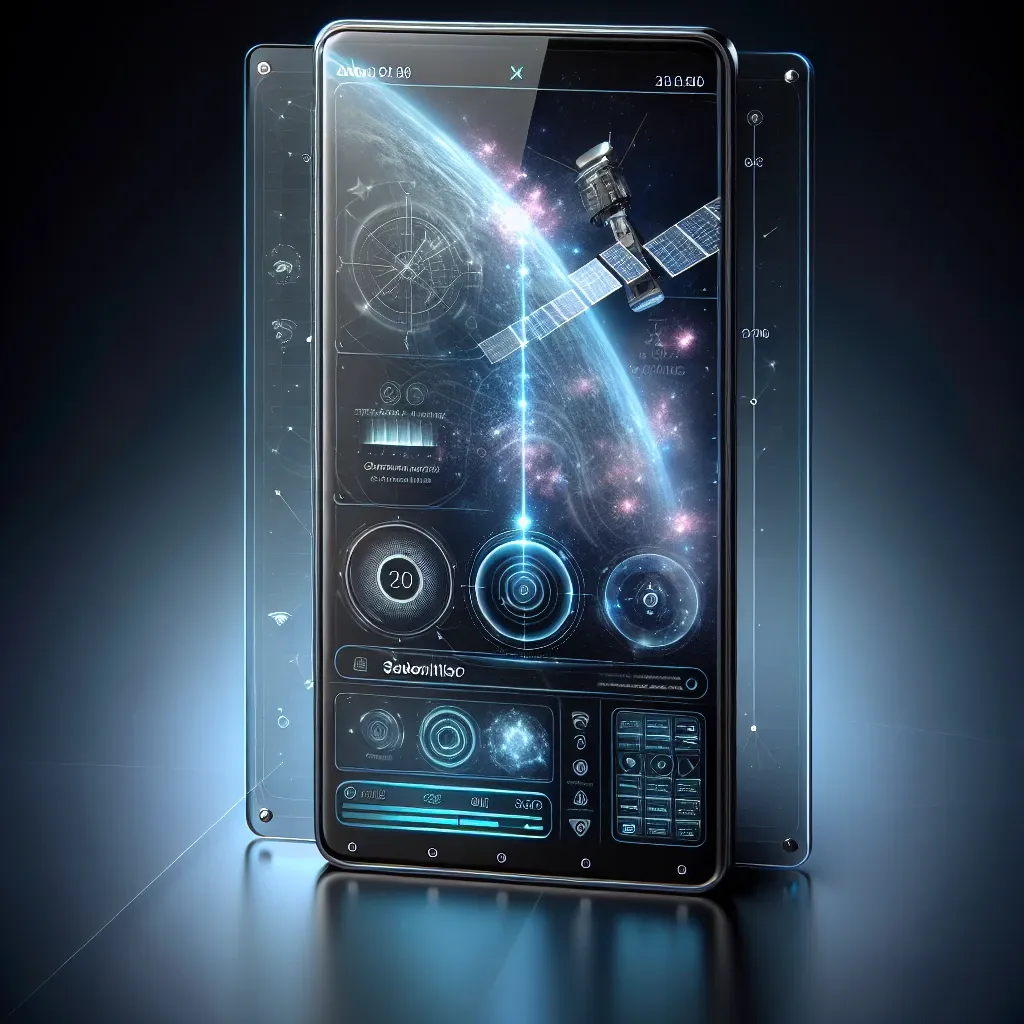Introduction
The Google Pixel 9 Pro is making waves in the smartphone industry, and not just for its impressive hardware or stunning camera capabilities. One of its standout features is the satellite connectivity that allows users to send emergency communications even when traditional cell networks are unavailable. In this article, we’ll explore how this innovative feature works, its historical context, implications for the future, and the pros and cons of relying on satellite connectivity for emergency situations.
The Evolution of Emergency Communications
Emergency communication methods have significantly evolved over the years. In the past, people relied heavily on landlines and radio communications. With the advent of mobile phones, it became easier to connect during emergencies. However, natural disasters, remote locations, and network outages can hinder connectivity. This is where satellite technology comes into play, offering a reliable alternative that can be a lifesaver.
Historical Context
Satellite communications have been utilized for decades, primarily in military and commercial sectors. The introduction of consumer-grade satellite phones allowed individuals to communicate in remote areas, making them crucial during disasters. However, these devices were often bulky, expensive, and not user-friendly. With the advancement of smartphone technology, integrating satellite communication into everyday devices like the Google Pixel 9 Pro marks a significant leap forward.
Key Features of Google Pixel 9 Pro’s Satellite Connectivity
The Google Pixel 9 Pro comes equipped with several features that enhance its satellite connectivity capabilities:
- Emergency Messaging: Users can send text messages to emergency services or to designated contacts without relying on traditional cellular networks.
- Real-time Location Sharing: The phone allows users to share their real-time location with emergency contacts, providing vital information during a crisis.
- Global Coverage: The satellite connectivity feature ensures that users can communicate from virtually anywhere on the globe, even in isolated regions.
- User-Friendly Interface: Google has designed a simple, intuitive interface that makes it easy for users to access satellite connectivity features in emergency situations.
How Satellite Connectivity Works
Understanding how satellite connectivity functions is crucial for appreciating its value. The Google Pixel 9 Pro uses a combination of satellite technology and advanced software to ensure seamless communication:
1. Satellite Link Establishment
When a user attempts to send an emergency message, the phone establishes a link with a satellite in orbit. This bypasses the need for ground-based cellular towers.
2. Signal Transmission
Once the link is established, the message is transmitted via radio waves to the satellite, which then relays it to emergency services or designated contacts.
3. Feedback Loop
The system not only allows for sending messages but also receives confirmation of delivery, ensuring users are informed if their communication reaches the intended recipient.
Benefits of Satellite Connectivity
The integration of satellite connectivity in the Google Pixel 9 Pro presents several benefits:
- Increased Safety: In emergencies, having a reliable communication method can save lives. Satellite connectivity ensures users can call for help when they need it most.
- Independence from Network Coverage: Users are no longer reliant on cellular networks, which can be compromised during natural disasters.
- Peace of Mind: Knowing that you can reach out for help, even in the most remote areas, provides peace of mind for adventurers, travelers, and those living in isolated regions.
Potential Drawbacks
While satellite connectivity offers numerous advantages, it’s essential to consider potential drawbacks:
- Costs: While the technology is advancing, using satellite services may incur additional costs for users, depending on the service plan chosen.
- Battery Life: Engaging satellite connectivity can consume more battery power, possibly limiting device use during emergencies.
- Limited Data Capabilities: Currently, satellite messaging is often limited to text-based communications, which may not suffice in all emergency scenarios.
Future Predictions
The future of satellite connectivity in consumer smartphones looks promising. As technology evolves, we can expect:
- Improved Data Services: Future innovations may allow for richer communication forms, such as voice and video calls through satellite.
- More Accessible Technology: As satellite technology becomes more affordable, more devices may include satellite connectivity, improving overall user safety.
- Integration with Other Technologies: The future could see integration with AI and IoT, enhancing emergency response systems even further.
Real Examples of Satellite Connectivity in Action
Numerous real-world scenarios illustrate the advantages of satellite connectivity:
Crisis Situations
During natural disasters, traditional communication infrastructures can become compromised. For instance, in the aftermath of hurricanes or earthquakes, people often find themselves cut off from help. The Google Pixel 9 Pro’s satellite connectivity could allow individuals to send emergency messages and request aid when it is needed most.
Adventurers and Travelers
Hikers, campers, and travelers venturing into remote areas often face communication challenges. The ability to utilize satellite connectivity can ensure that they maintain communication with family and friends, providing reassurance and safety.
Cultural Relevance
In today’s fast-paced world, safety and connectivity have become paramount. The integration of satellite connectivity into smartphones like the Google Pixel 9 Pro aligns with the growing societal need for reliable communication tools. This feature resonates not just with adventurers but with anyone who prioritizes safety, showcasing a cultural shift towards preparedness.
Conclusion
The Google Pixel 9 Pro’s innovative satellite connectivity feature is a game-changing addition to the smartphone landscape. By enabling emergency communications in situations where traditional networks fail, it not only enhances personal safety but also underscores the importance of remaining connected in an increasingly unpredictable world. As technology continues to evolve, the potential for further advancements in satellite connectivity promises exciting opportunities for user safety and communication efficiency.



